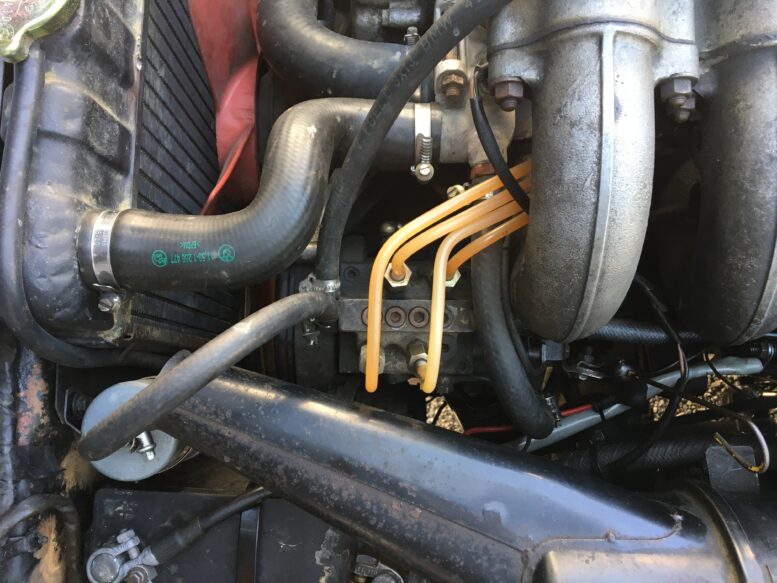My friend Chris’ 1972 2002tii (aka the Baby), a car which her deceased husband, Boston Chapter member Jim Zanfagna, bought new, is finally on Bring a Trailer. The auction can be seen here. As I wrote last week, the BaT process is a supremely frustrating one, and this one didn’t go off without friction between me and the auction writer.
I’d submitted a lengthy list of requested changes to his standard BaT word-salad draft description. To the auction writer’s credit, he responded to every one of my requests, but denied most of them, quoting BaT format-and-style guidelines.
He didn’t, however, explicitly deny my request to “put the bad stuff first.” Specifically, I asked him to include the following sentences in the second paragraph, where he’d already mentioned minor corrosion on the underbody: “The original 2002tii nose was replaced with a carbureted ‘snorkel’ nose. Additional evidence of the nose replacement can be seen in the seams between the nose and the fenders. A gravel-guard-like coating was applied to the engine compartment and portions of the undercarriage, and a waxy rust-inhibiting coating was applied to the trunk.”
However, to my surprise, my requested text wasn’t in the revised draft. I asked again, and was denied with the format-and-style defense. I asked a third time, including links to the auction for my friend Mike’s Colorado orange tii and the one for my 49,000-mile ’73 2002 “Hampton” that did not meet reserve, both of which had exactly the kind of “bad stuff” summaries included up front in the auction text. (“BaT has done this for me twice before. Please do it here.”)
Denied.
I was so incensed that my endlessly supportive wife, Maire Anne, had to tell me to just accept the description before I shot myself and Chris in the foot.
(To be clear, I’m receiving a $500 flat fee for what began as a mitzvah and has turned into a seemingly endless level of effort. I’m not making a percentage commission on the car, so these posts aren’t meant to inflate the car’s sale price in order to line my pocket. I’m just trying to spread the word to help the original owner’s widow find this Boston CCA Chapter car a home.)
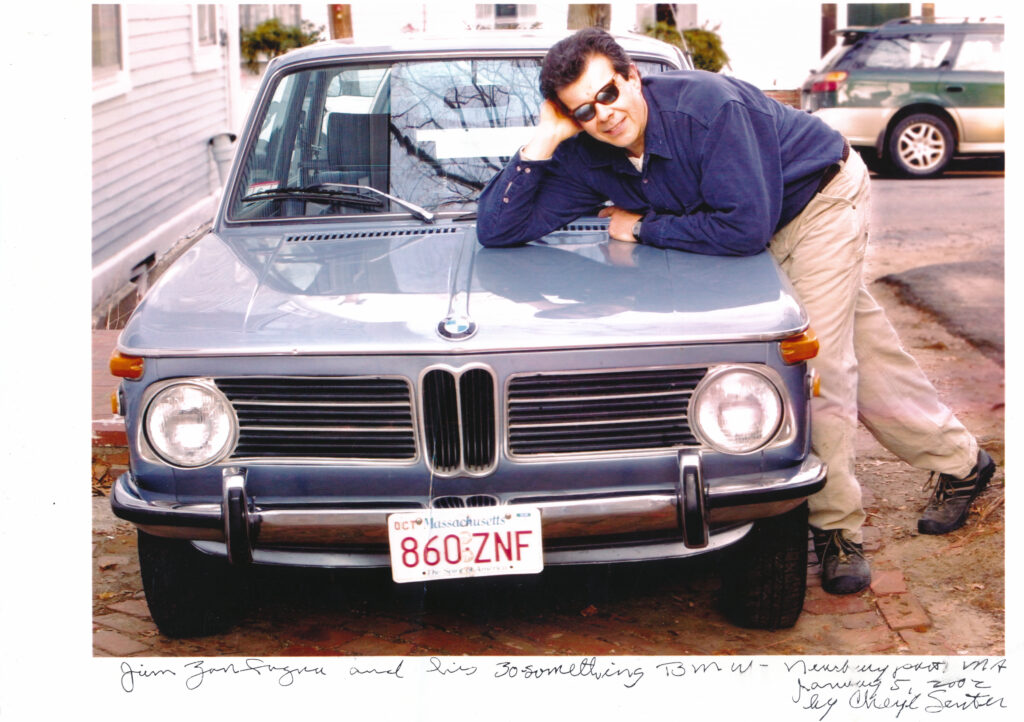
Jim with the Baby in 2002. How appropriate.
So I did what I did in my two prior BaT auctions, and posted my own very thorough description as the first comment (actually, the first five comments). The irony is that the very candor BaT denied me in their description that’s now an order of magnitude more candor in my description receives a highly positive reader response.
I can’t say that I’ll never list another car on BaT, but if I do, maybe I’ll get an infusion of Xanax and lithium first, and channel Frank Costanza’s “Serenity Now!” technique.
I’ll stop for now.
Really, what I wanted to write about here was some last-minute drama with the Baby. After I finished the punch list of work on the car in early July, I rolled it into the back corner of the garage. It had been sitting there ever since. I was tempted to take it to an informal Nor’East 02ers cars-and-pizza gathering in August, but decided that as emotionally satisfying as that would be, there was too much risk for too little reward.
But with the car now on BaT and the possibility of a buyer visit or a pre-purchase inspection, I needed to move the junk that had accumulated in front of it on the garage floor, get the car into the light, drive it, and make sure that there weren’t any surprises.
Of course there were.
The car was difficult to start, which was surprising since I’d wired the cold-start valve directly to the starter motor. It turned out that the connector had popped off the valve. I reconnected it, the car started, and I took a few laps around the block. But when I returned to my driveway, I smelled gas.
I raised the hood and saw that the top of the injection pump was wet; fuel was leaking through the little rubber seals on the 6-mm Allen-head caps over the suction valves.
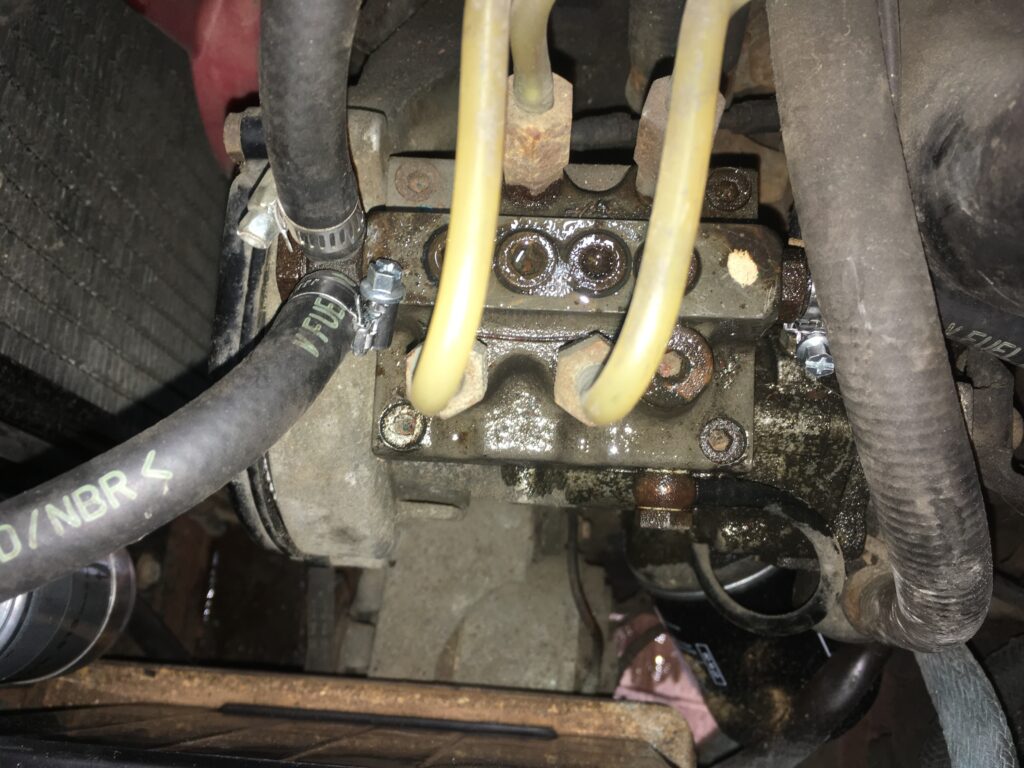
This photo is from Louie (my tii), not Chris’ car, but hers was leaking in the same place.
This is a very common issue when sorting out a tii, particularly one that’s been sitting. The leak usually presents itself as soon as you crack the ignition key and the fuel pump pressurizes the system. These rubber O-rings should be part of any tii’s road spares. I was surprised that I hadn’t needed to replace them on Chris’ car until now.
The part number for the rubber O-ring is 13511257558. They’re about eight bucks each when ordered at the dealer. However, a number of years ago I happened into a McMaster-Carr O-ring kit at a yard sale and found that the 012 O-ring (3/8″ ID , 1/2″ OD, 1/16″ thick) appears to be a perfect match for the suction-valve seals.
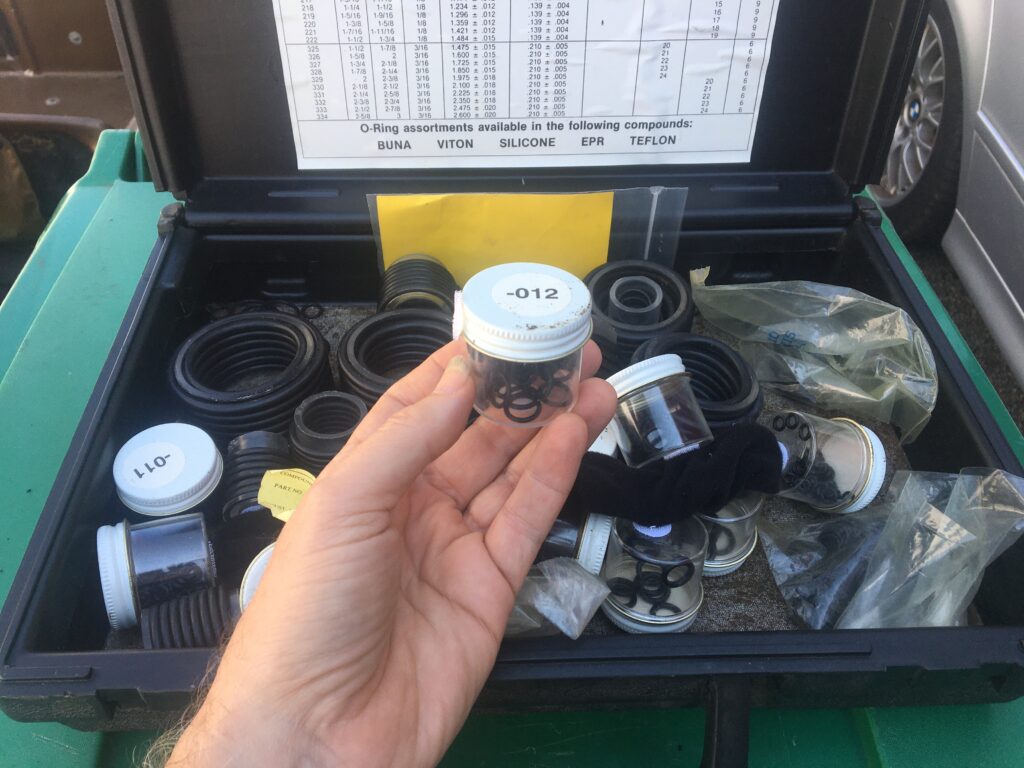
Handy, huh?
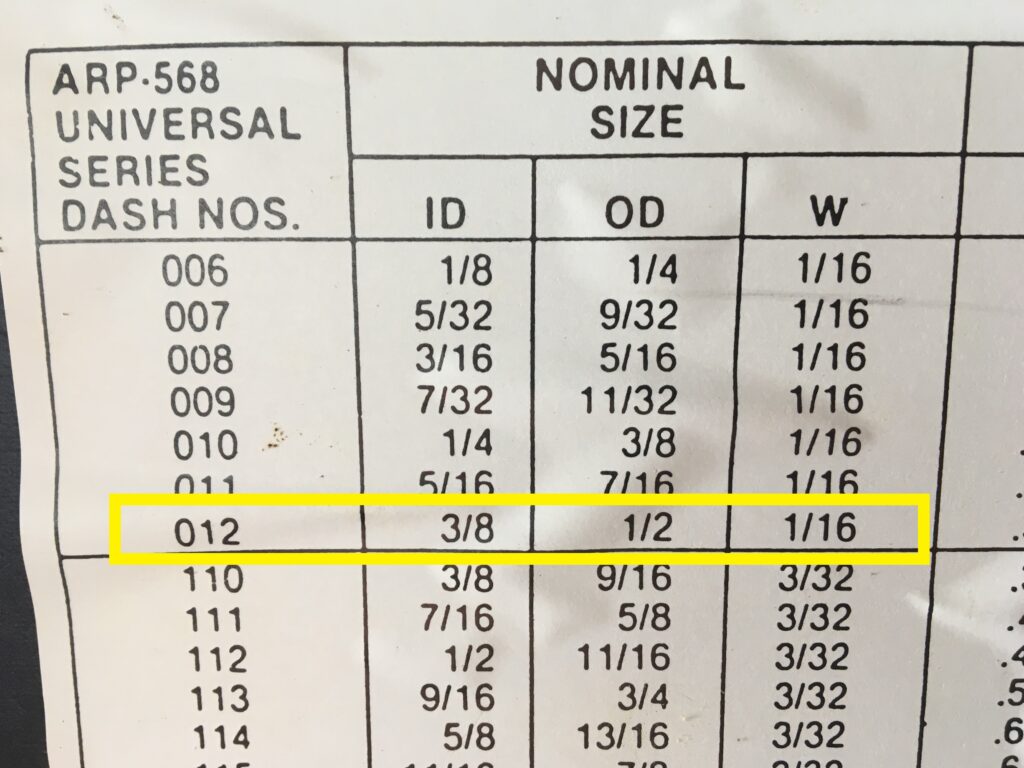
For the hundredth time, McMaster-Carr to the rescue.
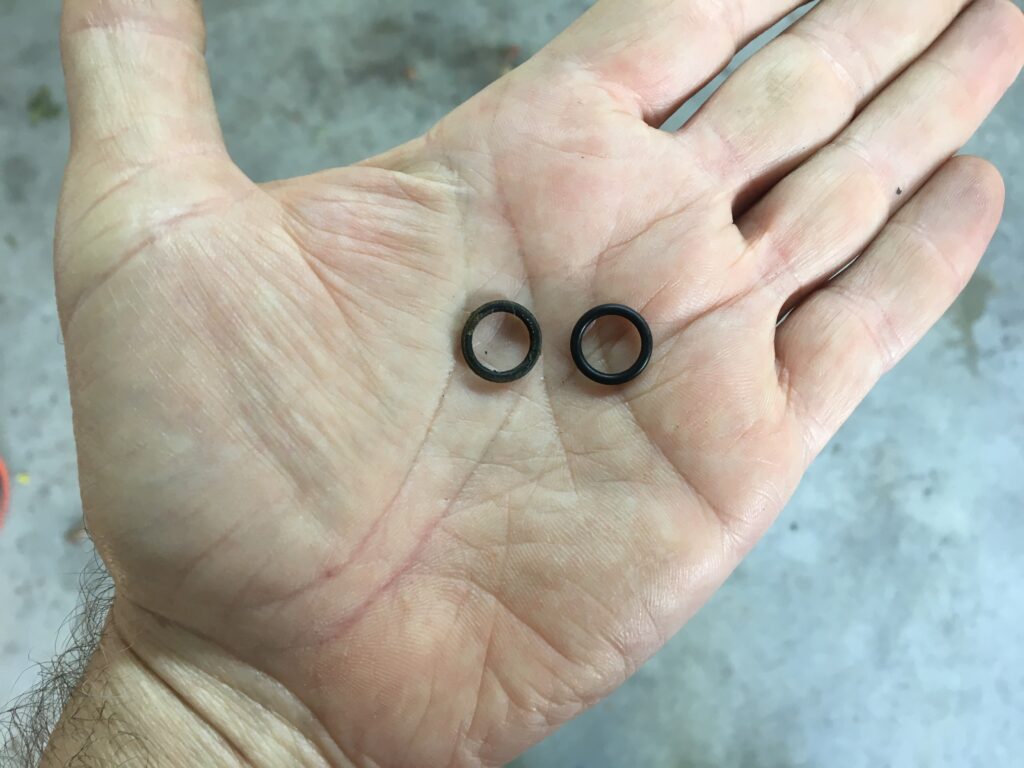
Original on left, replacement on right. It really does appear to be the perfect size.
To replace the seals, clean the top of the injection pump while you’re waiting for the fuel pressure to bleed off. Use a 6-mm Allen-key socket to remove each cap. Be careful not to let any dirt fall into the recesses. I like to do it one at a time to minimize the possibility of contamination. With the cap out, pull the old seal off it, and clean the threads with brake cleaner and a toothbrush. If necessary, scrape any corrosion out of the O-ring groove. Slide on the new seal.
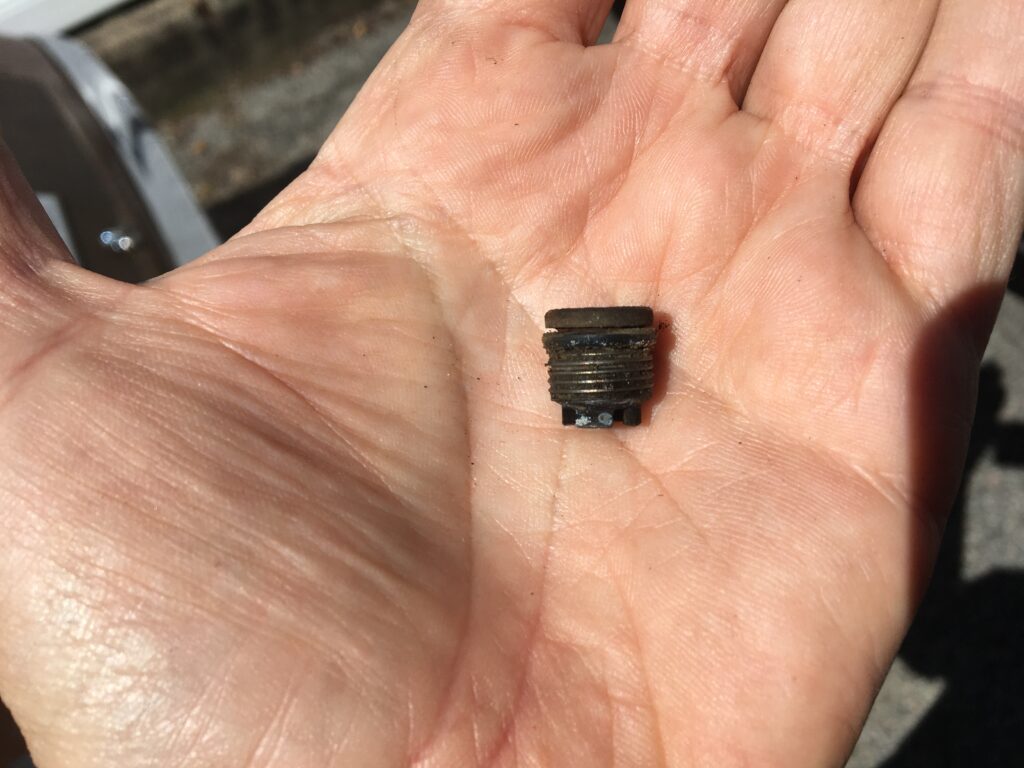
Before…
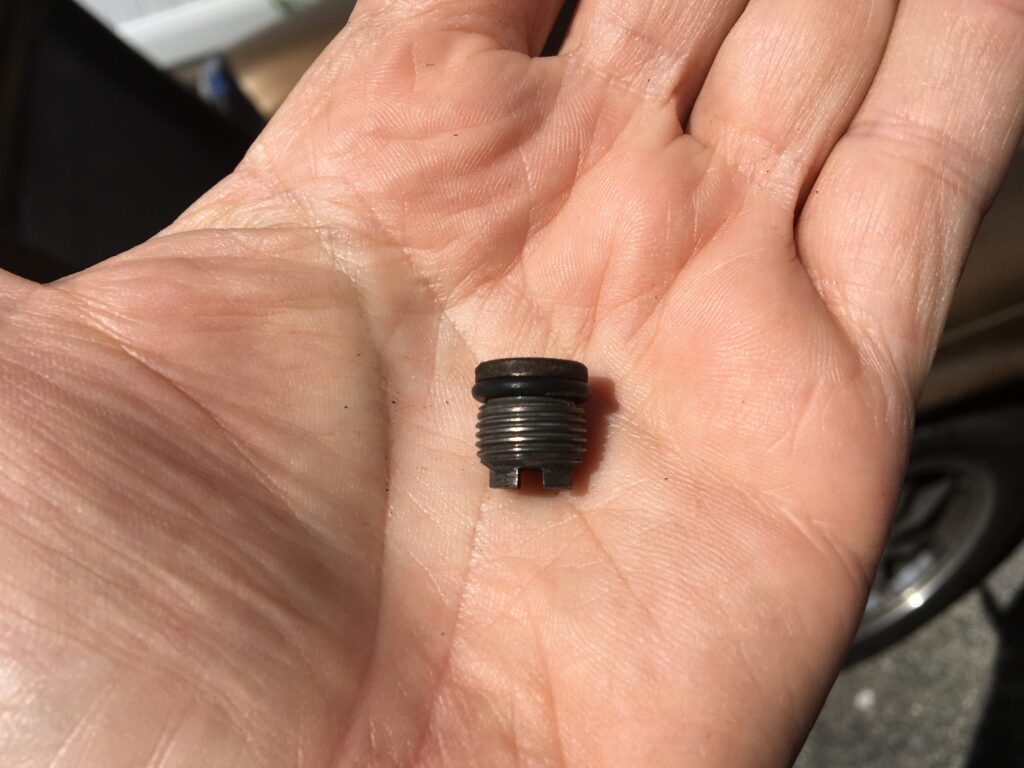
… and after.
Screw the cap back in. Lather, rinse, repeat. Crack the key to ignition to test for leakage. Done!
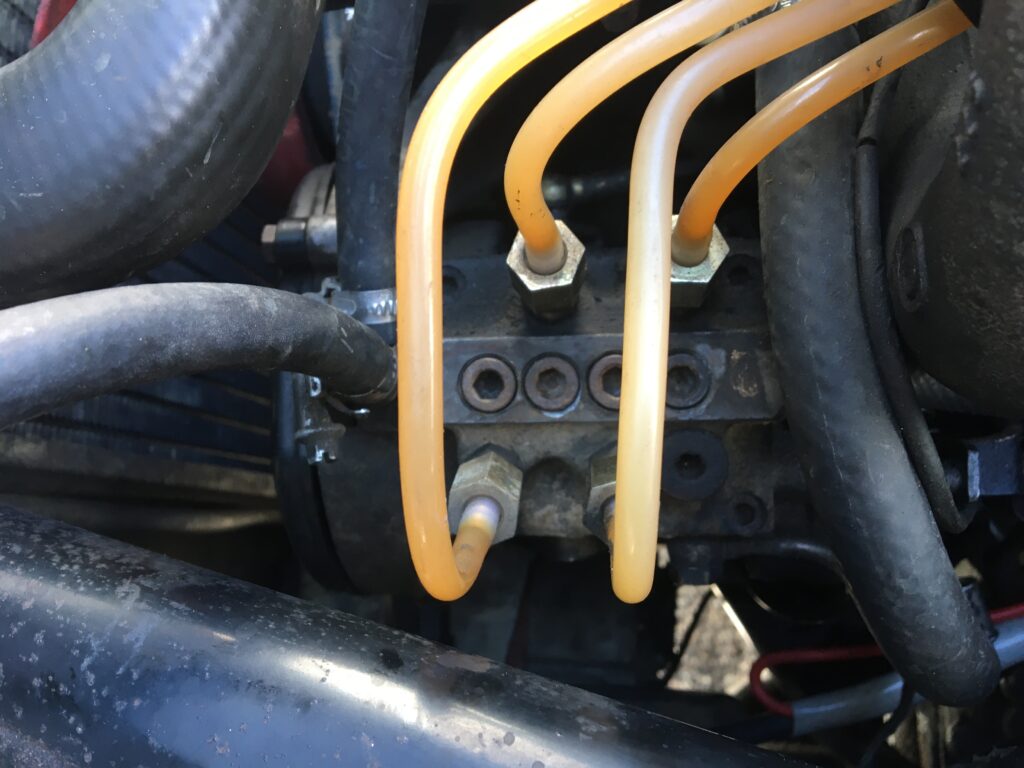
Dry as a bone.
The auction closes on Tuesday, September 13, at 5:25 p.m. EST. We’ll see what other surprises the Baby has in store for me between now and then—and between then and when a new owner takes delivery. The car may be the Baby, but he’s now 50 years old, so men-of-a-certain-age problems aren’t unexpected.—Rob Siegel
Rob’s new book, The Best of The Hack Mechanic, is available here on Amazon, as are his seven other books. Signed copies can be ordered directly from Rob here.

